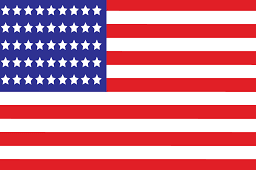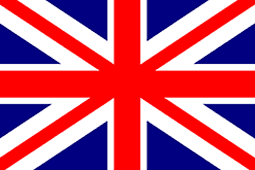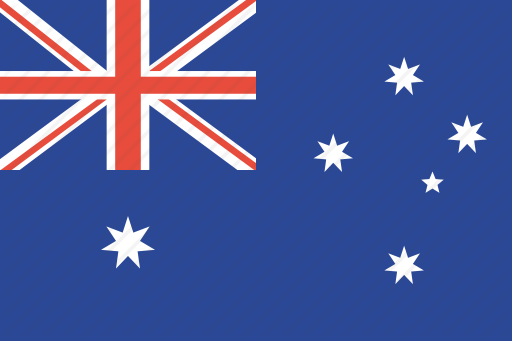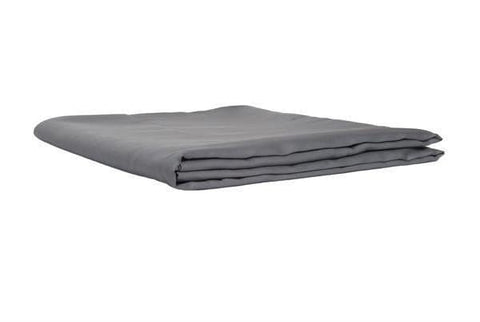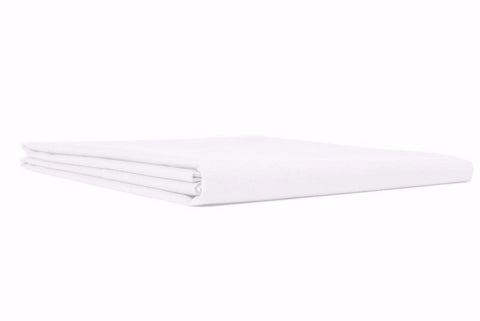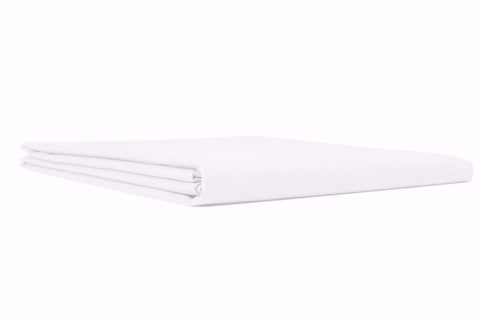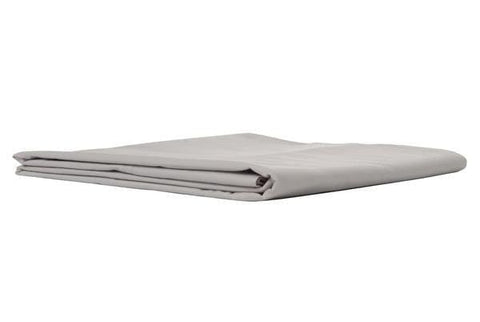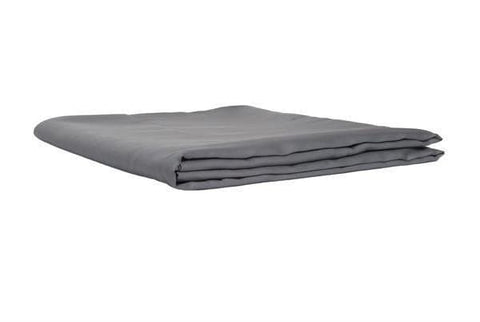History of Egyptian Cotton
History
Egyptian cotton is widely considered to be the finest cotton in the world, known for its luxurious feel, long fibers, and high-quality weave. But where did this exceptional cotton come from, and what makes it so special? In this blog, we will explore the history of Egyptian cotton, tracing its origins back thousands of years to ancient Egypt.
The cultivation of cotton in Egypt dates back to around 3000 BC, during the early dynastic period of ancient Egypt. At this time, cotton was primarily used to make clothing for the wealthy and was considered a luxury item. It was grown in the fertile Nile River valley, where the rich soil and abundant water supply made it an ideal crop.
Over time, Egyptian cotton became known for its exceptional quality, thanks to the unique climate and growing conditions in Egypt. The hot, dry climate and low humidity in Egypt help to produce cotton with long, fine fibers that are ideal for weaving into high-quality textiles. The Nile River, which runs through the heart of Egypt, provides a constant source of water for irrigation, allowing cotton to be grown year-round.
During the Roman period, Egyptian cotton became a highly prized commodity, with Roman emperors and aristocrats coveting fine Egyptian textiles. It was during this time that the first cotton plantations were established, with large-scale production of cotton textiles taking off in the Nile Delta region.
In the centuries that followed, cotton remained a major export of Egypt, with traders from around the world coming to purchase the finest Egyptian cotton textiles. By the early 19th century, Egyptian cotton had become the gold standard for luxury textiles, with British textile mills importing large quantities of raw cotton from Egypt to produce high-quality fabrics.
The popularity of Egyptian cotton continued to grow throughout the 19th and 20th centuries, with demand for high-quality cotton textiles remaining strong. In the mid-20th century, however, the Egyptian cotton industry faced challenges as synthetic fibers and other cotton varieties became more widely available.
Despite these challenges, the demand for Egyptian cotton has remained strong, thanks to its exceptional quality and reputation as the finest cotton in the world. Today, Egyptian cotton is grown on a relatively small scale, with most production taking place in the Nile Delta region. The cotton is still hand-picked, with workers carefully selecting the finest fibers to ensure the highest quality.
Luxury
Egyptian cotton is used to produce a wide range of luxury textiles, from bedding and towels to clothing and upholstery. Its long fibers and high-quality weave make it ideal for producing soft, silky fabrics that are both durable and comfortable. Many luxury brands continue to use Egyptian cotton in their products, touting its superior quality and exceptional feel.
In recent years, however, there have been concerns about the authenticity of some Egyptian cotton products. In 2016, for example, it was discovered that some Egyptian cotton products sold by a major retailer were in fact made from a different type of cotton. This has led to calls for greater transparency and regulation in the Egyptian cotton industry to ensure that consumers are getting what they pay for.
Egyptian cotton is a product with a long and rich history, dating back thousands of years to ancient Egypt. Its exceptional quality and unique growing conditions have made it a highly prized commodity for centuries, with demand for high-quality Egyptian cotton textiles remaining strong to this day. This luxury product will remain in demand for generations to come with Ponti Home.

